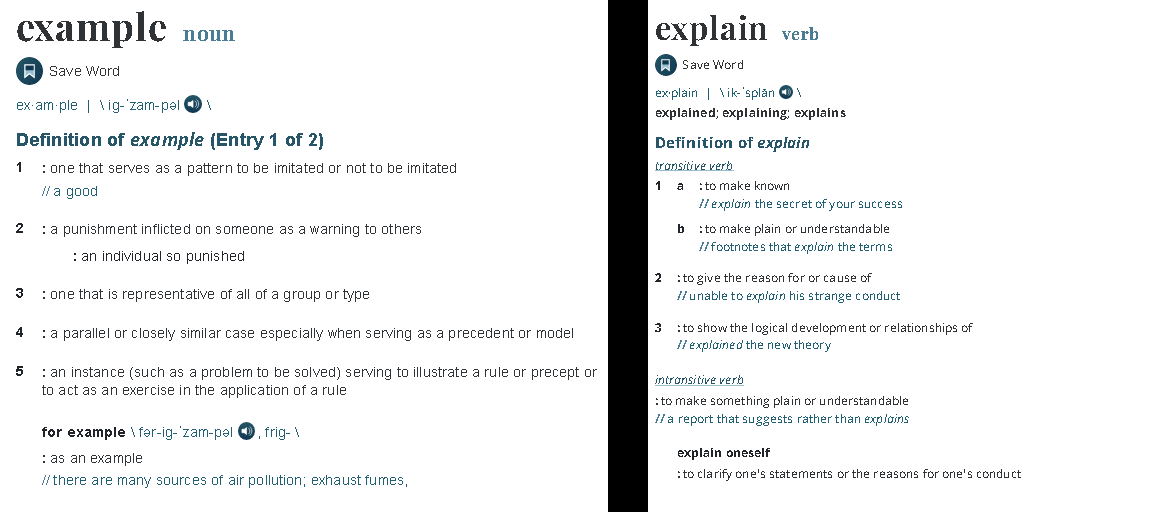alternative title: No collision vs occluder.
Can i get some different examples of when i should use an occluder and when I should use a no collision type object, please.
Fyi
UPBGE 0.3+ has no occluder physics type, although it does uses EEVEE’s rendering pipeline for frustum-culling.
TL;TR
- The No Collision physic type disables all types of collision. If you’re looking to disable physics but still detect them for say, a finish-line, then you can either:
- Enable the Ghost physics option or you can.
- Or you can choose the Sensor physics type.
- The Occluder physic type hides objects that are obscured visually by the object’s mesh - this isn’t done automatically.
Some more summaries w/ verbal or visual examples
no collision type use for high polygon models objects - for not calculation gride and physical parameters, this type makes the load on the engine and the gameplay easier, since physics calculations are quite expensive in the game, for example, I have spaceships of 70-120 thousand polygons, they are without physics so as not to calculate their physical model, but they are tied to a collider with physics to calculate all collisions. Now about occluders, these objects cut off all objects from the rendering process, physics calculations, and, accordingly, camera visibility if completely hidden by the occluder object. and there is no difference whether the occluder is visible or not, it will still cut off the object that gets behind it, why do you need this occluder at all? it’s simple, it’s like a screen in a theater - you can block parts of your level so that they don’t miscalculate in the render and physics, for example, hide part of the rooms with occluders and everything inside them will be visible only if the player enters them or looks through the doorway. The occluder has a feature - it has no physics at all, take this into account and do not hide 1 million objects behind the occluder - because this will create a load when all these objects appear in the calculations of the game, that is, when the player sees them with the camera. I hope I have answered your questions - if not, you can ask the question more precisely or try out these types of objects yourself.
no collision is all that it implies (no physics interaction/cost), its to be used for most things, with collision (static) being the exception rather than the rule. dynamics and rigid bodies should be used with caution and highly exclusive to major actors due to performance costs.
commonly meshes (high poly or deforms) are child objects of simple shape collision objects which are invisible. sphere type is the most stable, box, capsule, and other shapes are good stability. triangle mesh is common for world/map terrain and other significant parts of the map. having static with collision bounds uncheck is the same as triangle mesh.
simple rule of thumb, keep the count of physics vertex count as low as possible. remember, objects have a high overhead (cost for simply existing) so a balance of exclusive collision objects and having scene objects carry collision is key.
occluders are basically line of sight checks to decide whether to render an object. generally the cost of occulding doesnt get refunded by the savings by not rendering things. generally if you need occlusion culling, your models arent optimized well enough (too high poly) or you aim for the lowest tier of gpu capabilities.
